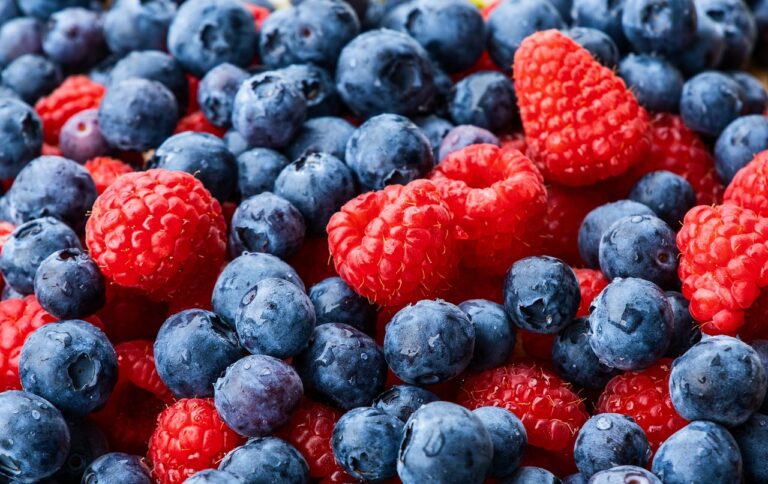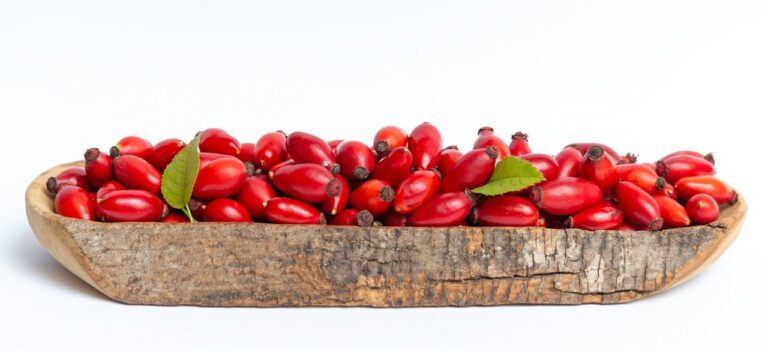The Art and Science of Drying Herbs
Drying herbs is a centuries-old practice that not only preserves their flavors but also concentrates their aromatic and medicinal properties. Whether you’re a seasoned gardener with an abundance of fresh herbs or someone looking to elevate their culinary creations, understanding the art and science behind drying herbs is invaluable. In this guide, we’ll explore various methods, best practices, and tips for drying herbs to perfection.
Why Dry Herbs? Drying herbs offers several benefits beyond preservation. It intensifies their flavors and concentrates their essential oils, making them more potent for culinary and medicinal use. Additionally, dried herbs are convenient, allowing you to enjoy your garden’s bounty year-round, even when fresh herbs are out of season.
Methods of Drying Herbs:
- Air Drying:
- Perhaps the simplest method, air drying involves hanging herb bundles upside down in a warm, well-ventilated area.
- Choose a dry, airy location away from direct sunlight to prevent rapid moisture loss and preserve the herbs’ color and flavor.
- Herbs with low moisture content, such as thyme, rosemary, and oregano, are well-suited for air drying.
- Oven Drying:
- Ideal for herbs with higher moisture content, oven drying offers a quicker alternative to air drying.
- Spread herbs evenly on a baking sheet and place them in an oven set to the lowest temperature, typically around 100-120°F (38-49°C).
- Keep the oven door slightly ajar to allow moisture to escape and prevent overheating, which can degrade the herbs’ quality.
- Dehydrator Drying:
- A dehydrator provides precise control over temperature and airflow, making it ideal for drying herbs efficiently while preserving their color and flavor.
- Follow the manufacturer’s instructions for temperature settings and drying times, typically ranging from 95-115°F (35-46°C) for herbs.
- Arrange herbs in a single layer on dehydrator trays, ensuring adequate spacing for airflow.
Tips for Successful Herb Drying:
- Harvest herbs in the morning after dew has evaporated but before the sun is too intense to ensure optimal flavor and aroma.
- Remove any damaged or discolored leaves before drying to improve the quality of the end product.
- Label dried herbs with the name and date of harvest to maintain freshness and potency.
- Store dried herbs in airtight containers away from heat, light, and moisture to prolong shelf life.
Conclusion: Drying herbs is a rewarding endeavor that allows you to enjoy the flavors and benefits of your garden year-round. By understanding the various drying methods and following best practices, you can preserve herbs with maximum flavor and potency. Whether you’re a culinary enthusiast or herbalist, mastering the art and science of drying herbs opens up a world of culinary and medicinal possibilities.



